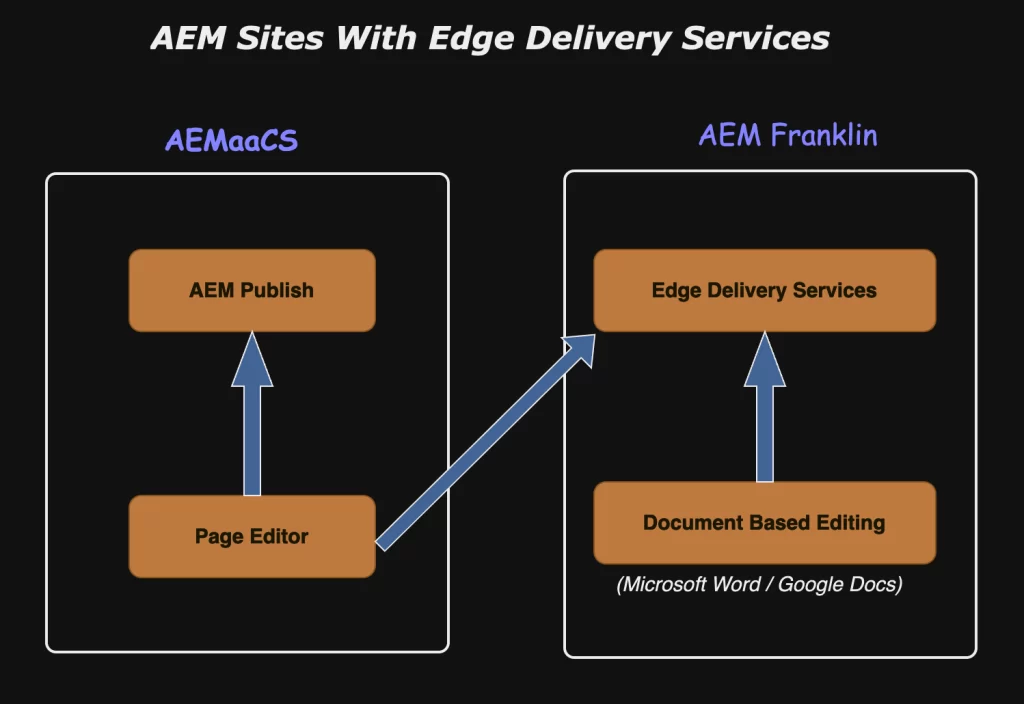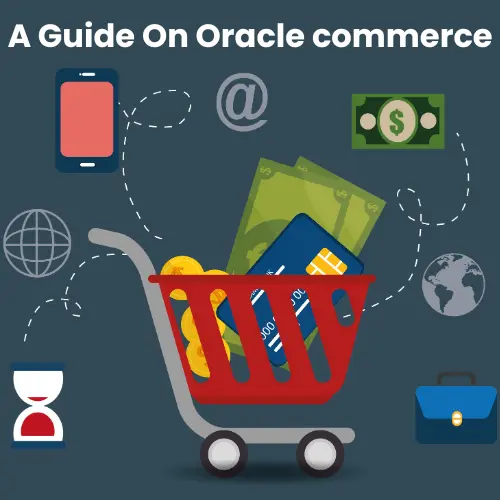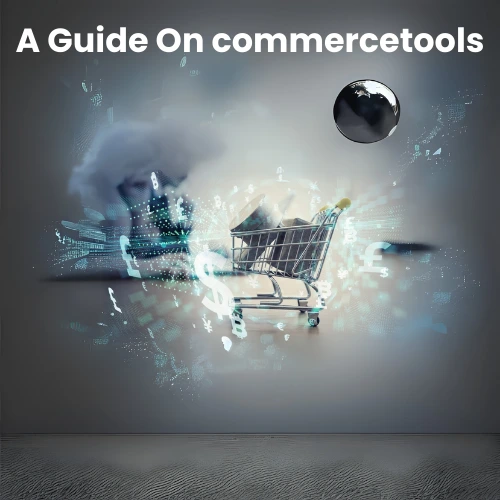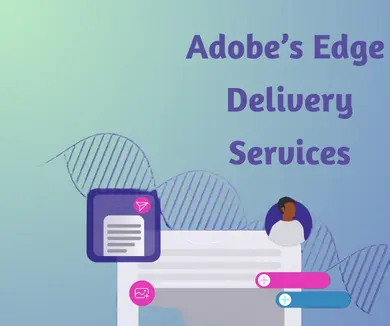- Nagaraj Bhat
- one Comment.
- Web Development
AEM Franklin – The Next Generation of Adobe Experience Manager, has been officially merged! The re-naming ends and AEM Franklin finds its final name and place.
Introduction
In today’s digital age, providing fast and engaging web experiences is a top priority for businesses seeking to attract and retain users. Adobe Experience Manager (AEM) is a leading content management solution that empowers organizations to create and deliver personalized content.
However, efficiently and swiftly delivering this content to users worldwide can be a challenge. This is where Edge Delivery Services come into play. Edge Delivery Services introduces a fundamentally different approach to supporting content creation.
What are Adobe Edge Delivery Services?
Adobe Edge Delivery Services, formerly known as AEM Franklin and also referred to as Project Helix or Composability, offer a novel way to publish AEM pages using Google Drive or Microsoft Office via SharePoint. Additionally, it may support other services in the future, integrated within Adobe Experience Manager. Instead of components, it utilizes “blocks” to construct pages. Blocks are document sections transformed into webpage content. Some predefined blocks encompass commonly used page elements, such as text, images, buttons, headers, footers, and more. These blocks enable users to create new pages quickly and develop templates for reuse.
How Do Edge Delivery Services Work in AEM?
The diagram below illustrates how content can be edited in Microsoft Word or Google Docs (document-based editing) and then published on Edge Delivery. It also outlines the traditional AEM publishing method using various editors.

Edge Delivery is a set of composable services that provide a high degree of flexibility in authoring content on your website. It supports both traditional AEM authoring methods and file-based authoring. For example, content can come directly from Microsoft Word or Google Docs, making files from those sources into web pages. Headings, listings, images, and font elements are transferred seamlessly from the source to the website, and new content can be added instantly without a rebuilding process. Edge Delivery leverages GitHub, enabling customers to manage and deploy code directly from their GitHub repositories. For example, content can be authored in Google Docs or Microsoft Word, while website functionality can be developed using CSS and JavaScript in GitHub. When ready, the Sidekick browser extension can be used to preview and publish content updates. Edge Delivery Services co-exists with Adobe Experience Manager on the same domain, which is a common use case for large websites. Content from Edge Delivery can be easily integrated into AEM site pages and vice versa. Edge delivery services can also be used with Adobe Target, Analytics, and Launch.
Usages
- Create and publish content quickly and easily: EDS simplifies the process for non-technical users to create and publish content. Users can create a document in Google Drive or Microsoft Office and publish it to AEM with a few clicks.
- Create personalized content: EDS can be used to generate personalized content for diverse user groups and audiences. For instance, a user could create a document with different page versions tailored to various geographic regions.
- Create dynamic content: EDS can be harnessed to create dynamic content that adapts based on user input or other variables. For example, a user could create a document featuring a product catalog that automatically updates as new products are added.
Here are specific examples of how EDS is utilized by AEM customers:
A marketing team can use EDS to swiftly create and publish blog posts, landing pages, and other marketing content.
A sales team can utilize EDS to create personalized sales proposals and presentations for individual customers.
A product team can take advantage of EDS to create dynamic product catalogs and other product-related content.
A customer service team can use EDS to create dynamic knowledge base articles and other customer support materials.
A global retailer utilizes EDS to design landing pages for new products and promotions, allowing them to create pages quickly and effortlessly without involving their IT department.
A media company employs EDS to produce personalized articles for its readers, utilizing AEM EDS to recommend articles based on reader browsing history and interests.
A financial services company uses EDS to craft personalized financial advice for its customers. The financial services company employs AEM EDS to recommend products and services based on customer financial situations and goals.
A travel website employs EDS to create personalized travel itineraries for users, suggesting flights, hotels, and activities based on their travel preferences.
A healthcare website utilizes EDS to generate personalized health information and services, recommending health tips and resources based on user medical histories and relevant factors.
Edge Delivery Services is a powerful set of tools in AEM that find applications across diverse industries and use cases, where fast, reliable, and personalized content delivery is critical to delivering a superior user experience and achieving business goals.
Conclusion
Adobe Edge Delivery Services empower creators to effortlessly author content using familiar tools and deliver it with exceptional page-speed scores.




A K
23/10/2023Nice one